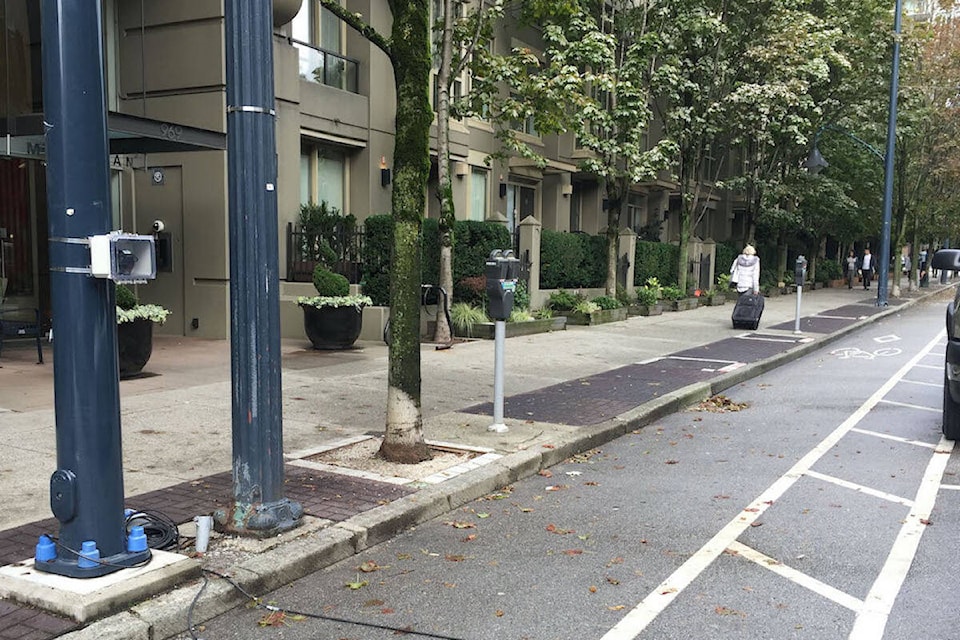A new study by researchers at the University of British Columbia is highlighting the needs of future city-building when it comes to promoting green methods of transportation – particularly e-bikes – and keeping pedestrians and others feeling safe.
Research published earlier this week from UBC’s civil engineering department looked at various aspects of e-bikes in Vancouver, including people’s comfort walking alongside e-bikes and how speed of electric compares to those of the regular peddling variety.
“I expected more discomfort around electric devices than we actually found,” study lead Alex Bigazzi said in a phone interview Thursday (June 2).
“Going into it, I expected there would be more vehicle types the public would not be okay sharing paths with.”
Based off a conducted survey, the researchers determined that most Vancouverites are generally comfortable with e-bikes and, in fact, thought they were more common on roadways than actual data suggests. There were also gaps in people’s assumptions of how fast e-bikes can go compared to reality.
“We were thinking that the percentage of e-bikes was going to be very high, but actually what we saw was that only 4.2 per cent of the vehicles were electric bicycles,” said study researcher Amir Hassanpour. He added that was three-times less common than what survey respondents thought.
READ MORE: E-bikes all the rage in the South Cariboo
On average, those surveyed also thought e-bikes were going 4 km/h faster than data acquired by the researchers through cameras and pneumatic road tube sensors through the city.
The team of researchers summarized their findings in a 105-page report for the South Coast British Columbia Transportation Authority, which they hope will be useful for cities to use in future architect and design projects, specifically with new multi-use paths.
Researchers also looked at how those pathways need to meet different kinds of mobility – from wheelchairs to peddle bikes and faster mopeds and e-bikes.
Moped-style sit down bikes are categorized as limited-power motorcycles and have a different set of regulations than e-bikes, and should not be in multi-use paths and bike paths, Bigazzi said. According to ICBC, Mopeds must be registered, licensed and insured for road use.
While the survey concluded that e-bikes are less disruptive than researchers originally thought, Bigazzi and Hassanpour endorse one path for pedestrians, and another for conventional bikes and e-bikes.
Bigazzi said UBC’s Research on Active Transportation Lab will conduct a follow-up study next year.
